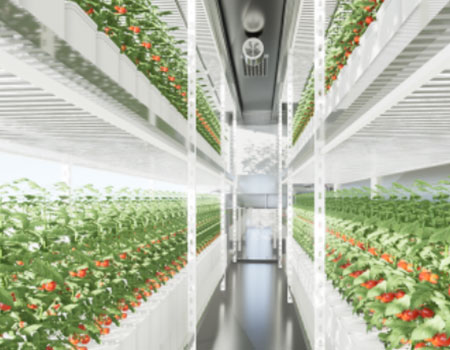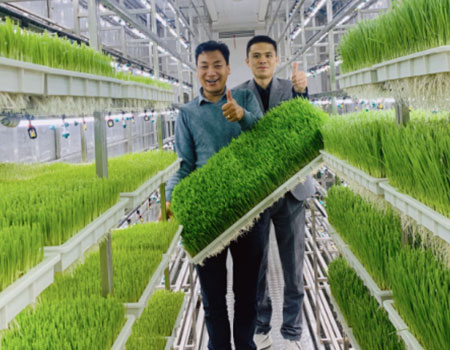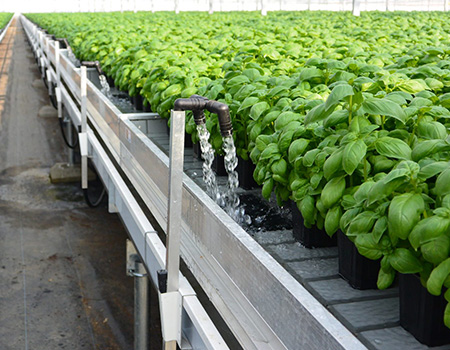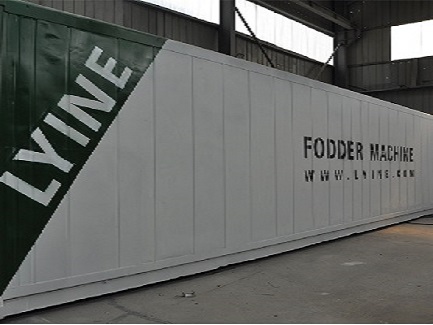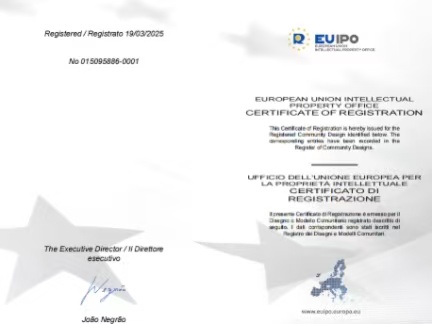The client from Portugal is preparing a commercial hydroponics project and plans to use its own land for efficient cultivation. The client has extensive experience in agriculture, and has previously used traditional and substrate-based cultivation methods. After learning about the advantages of hydroponic systems in terms of resource utilization efficiency, planting density and crop quality, the client decided to try to introduce hydroponic farming technology and start a commercial hydroponic farming project.
In the early stage of the project, the client provided detailed land size data, and we designed the layout and overall hydroponic tower system solution according to the actual site to ensure that the hydroponic tower growing system could be efficiently adapted to the client's growing needs. The design covers many key aspects such as the distribution layout of the hydroponic tower system, access planning, etc. The customer was highly satisfied with the overall design.
In order to ensure the reliability of large-scale input, the customer decided to order a sample for growing test. We recommended the 6P10 model, which is a compact hydroponic tower with a small footprint, suitable for rapid planting of leafy green vegetables. 6P10 hydroponic tower has 10 layers, with 6 planting holes in each layer, which can plant 60 vegetables in a space of about 1 square meter, significantly improving the utilization rate of planting space. The vertical structure facilitates centralized management and the closed loop system saves up to 90% water. The overall installation of the hydroponic tower is simple and low maintenance, making it ideal for commercial batch planting.
.jpg)
Due to the small size of the product package and cheaper international shipping costs, the overall cost of testing was kept under control, which ultimately led to the finalization of the sample deal. The customer will carry out preliminary tests locally to evaluate the stability and cultivation effect of the hydroponic tower system and provide data support for subsequent commercial cultivation.

.jpg)
